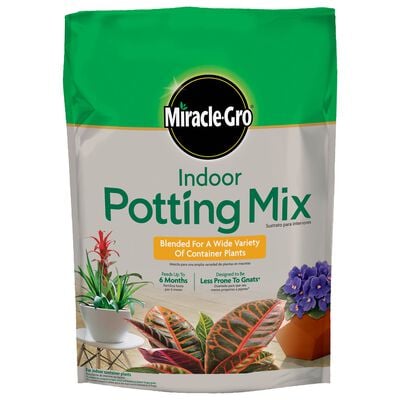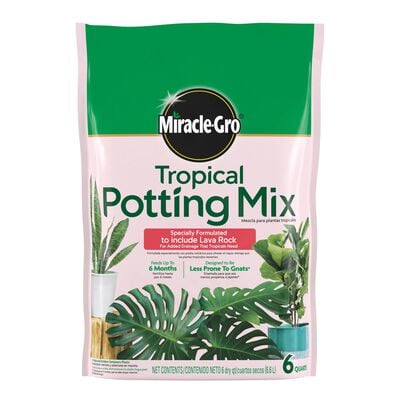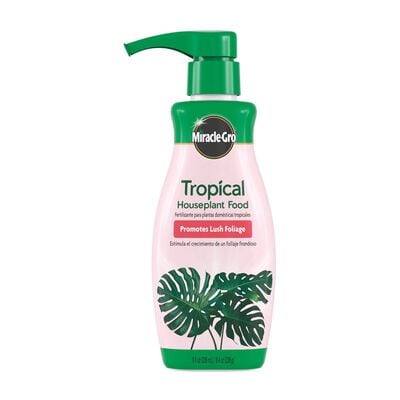
How to Grow Peperomia
Low-maintenance, versatile, and attractive.
- Peperomia is perfect for beginners or forgetful gardeners.
- It prefers well-drained soil and indirect light.
- Water only when the soil feels dry to the touch.
- Fertilize regularly.
- Prune sparingly.
Any plant that has a "belly button" variety has to be a charmer. And indeed, peperomia, across its many forms, is a lovable little houseplant. You just can't help but fall for its go-with-the-flow attitude, which allows it to thrive in almost any indoor setting. This means peperomia care is pretty easy, but it also means this houseplant stays pretty even-keeled while growing. You'll rarely see it bloom, but you're not missing much: Peperomia's "flowers" are simply long green stalks. It's the foliage that's the real show-stopper here, and with leaves this cool, you won't be disappointed.
There are what seems like countless kinds of peperomia, so scout the garden center for the perfect leaf pattern, color, texture, and size. In addition to the navel-named option, others include baby rubber plant (Peperomia obtusifolia), watermelon peperomia (Peperomia argyreia), and emerald ripple peperomia (Peperomia caperata). Depending on the variety, your peperomia may grow anywhere from 6 inches to 3 feet tall, and up to 18 inches wide. Check the plant tag to get a sense of what to expect for any peperomia that captures your heart.
How To Plant Peperomia
Planting peperomias is pretty straightforward. Settle it into Miracle-Gro® Indoor Potting Mix, which, as a lightweight, well-drained soil, will help your plant from becoming waterlogged or developing root rot. Look for a container that the plant fits nicely in at the time of purchase. Avoid a pot that appears too large, as peperomias tend to grow slowly.
Where To Place Peperomia
Peperomia hails from tropical climates, so it will appreciate the warmth of your home and grow well in everything from bright, indirect light to low light. The only way to upset this low-key plant is to put it right in front of a sunny window. And, while not totally necessary, peperomia does like it when it's humid—if you have a bathroom that could use a touch of green, this is a good spot. Another option is to take advantage of its capacity for low light: Put it in a hanging basket to liven up a darker corner of your home.
How To Water Peperomia
Forgetful gardeners, rejoice: Peperomia only needs to be watered when the soil feels dry to the touch (stick your finger about 1 inch into the soil to know). Too much H2O can annoy your plant if you've placed yours in an area without much light. So, water regularly, but the frequency should depend on the humidity levels in your home and how much sunlight your plant receives.
How To Fertilize Peperomia
Unlike fussier houseplants, this easy-to-please plant doesn't need a weekly fertilizing schedule. If your peperomia starts to look kind of sad, chances are it's too much water or not enough light. But that's not to say it won't benefit from the nutritious boost. Give your peperomia Miracle-Gro® Indoor Plant Food every 2 weeks (following the label instructions)—the nitrogen in this mix will help keep your peperomia's leaves looking ultra-lush!
How To Prune Peperomia
You don't need to do a full pruning for peperomia, but leggy, leafless stems could benefit from a good trim every now and then. (We all feel better with some pampering from time to time.) Simply snip with clean scissors or pinch between your fingers to keep your plant looking fresh.
Peperomias are a beginning (or just a forgetful) gardener's dream! They're incredibly forgiving, and their interesting foliage will look fantastic year-round in almost every spot in your home. Pot one up today, then kick back and admire your beautiful, fuss-free houseplant. It really is as easy as that.


